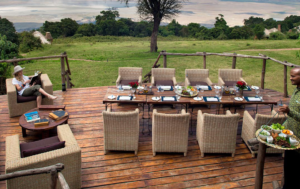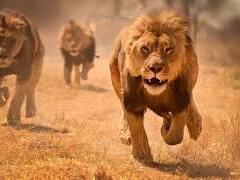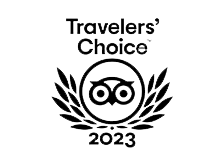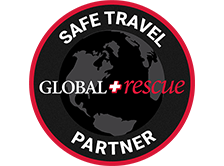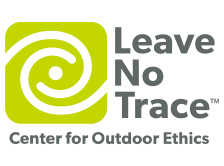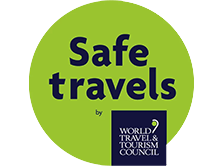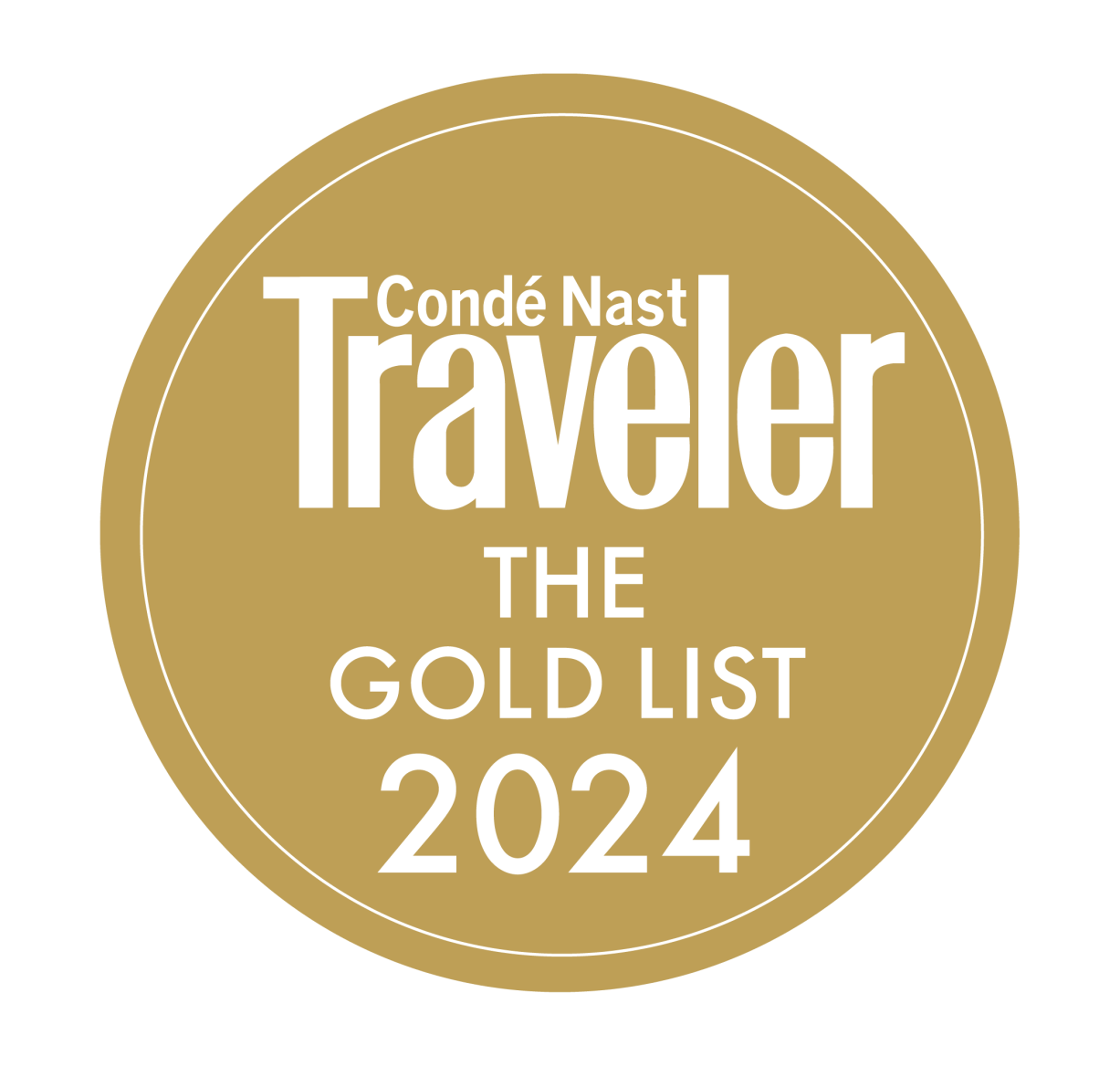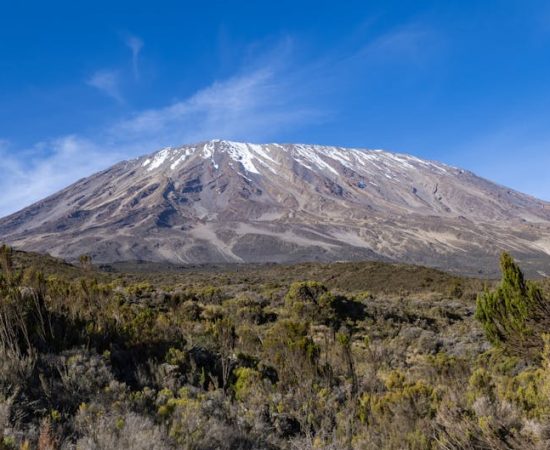Best Time To Climb Kilimanjaro
What Is The Best Time To Climb Kilimanjaro?
The Best Time to Climb Kilimanjaro falls between December and mid-March, as well as from mid-June through October. These dry periods promise clear skies, breathtaking views, and minimal rainfall, ensuring an optimal Mount Kilimanjaro Climbing experience.
Quick Navigation Links
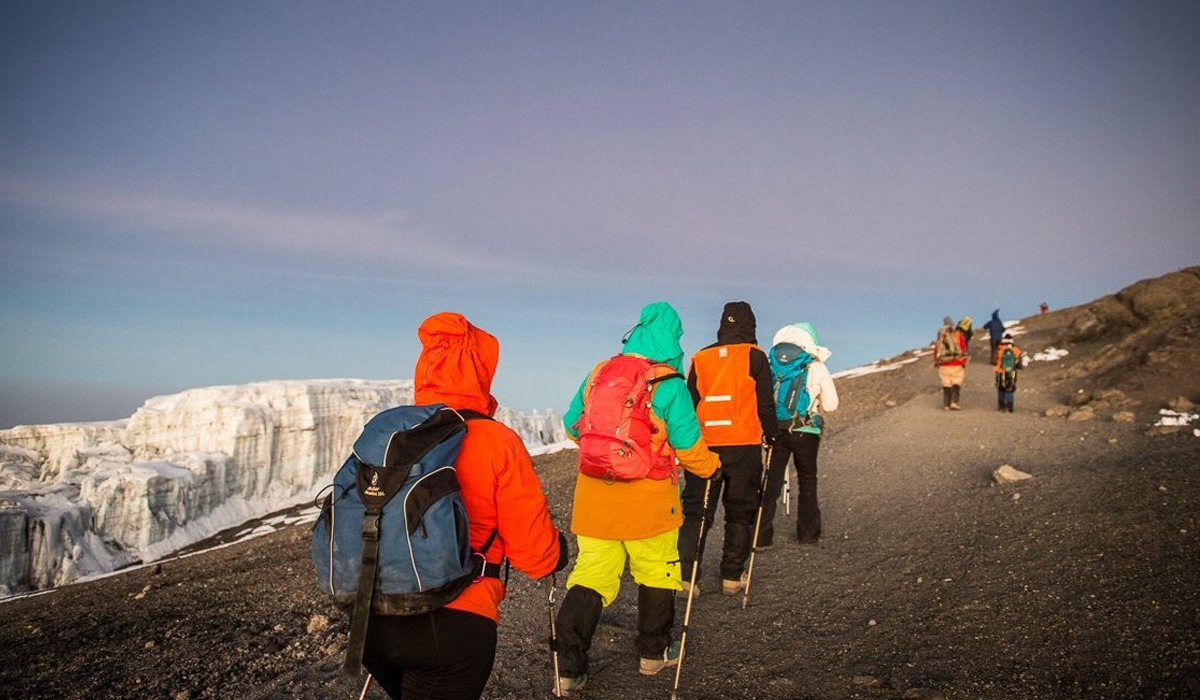
Best Time To Climb Kilimanjaro By Months
The Best Time of Year to Climb Mt Kilimanjaro is during the drier months, but avoiding April, May, and November is advisable because of difficult trail conditions.
In the following sections, we’ll detail the climbing experiences during different months. Your journey up the mountain can be memorable with the right Kilimanjaro Climbing Packages and proper preparation.
Climbing Mt Kilimanjaro From January To Early March
During these months, climbers are greeted with optimal hiking conditions, boasting clear visibility and dry days. The upper altitudes, particularly those above 14,000 ft., offer exceptional photographic vistas.
While it’s categorized as a part of the high season, the trails are less populated, providing a quieter experience compared to the busier months of June to September.
Suitable For – Climbers who want a low-crowd expedition up the mountain and those who prefer dry weather. Plus, the ice-capped summit is a bonus.
Climbing Mt Kilimanjaro From March To May
The period of early March has lovely weather, but as the month moves forward, rains start to settle in, giving way to cloudy skies, muddy trails, and low visibility. So, if you’re looking for the Best Time to Climb Kilimanjaro, March is a bit of a hit or miss.
The time from April to early May experience the long rains and climbing is not recommended. But, if you don’t mind the slippery conditions and have a fair trekking experience, the trickier conditions and trails might not hinder you.
Suitable For – Seasoned climbers who want to avoid the crowds and don’t mind the unpredictable weather can visit Kilimanjaro during these months. Also, Rongai Route Kilimanjaro is an excellent option for Mount Kilimanjaro Climbing expeditions from March to May, as the trails remain relatively dry compared to other routes.
Climbing Mt Kilimanjaro From June To September
This period is widely regarded as the Best Time to Climb Kilimanjaro. These months have the best weather conditions, even though occasional bursts of rain are still possible. But essentially, this is a dry time of the year, and Kilimanjaro Routes tend to be busier, especially during the full moon.Suitable For – Climbers using the two Kilimanjaro Climbing Routes, Machame and Marangu, those looking for the best weather and trail conditions, and those who don’t mind the presence of crowds.
Climbing Mt. Kilimanjaro From October To December
The short rains arrive in November and last around 3-4 weeks. These showers often come in the late afternoon. Kilimanjaro is very quiet this time of the year and the Best Time to Climb Kilimanjaro for anyone who wants an exclusive adventure.
The Rongai Route and the Northern Circuit Route are advised for climbers because the mountain’s northern side is sheltered and receives less overall rainfall.
Suitable For – Avoiding the presence of crowds, and perfect for experienced climbers who don’t mind the wet trails and weather conditions.
Lastly, we would like to say Mount Kilimanjaro is accessible to climbers throughout the year. And a range of Climbing Mount Kilimanjaro Packages is available for you to fit various preferences. Browse through our Kilimanjaro Climbing Packages now!
Factors To Consider On When To Climb Kilimanjaro

Weather
Mount Kilimanjaro is located close to the equator, so it doesn’t experience the same seasons as most parts of the world. Instead, it has two distinct seasons – the dry and rainy seasons. Both of them alter the conditions on the mountain.Temperature
Mount Kilimanjaro’s temperatures vary considerably across its distinct climatic zones. As you ascend, you’ll transition through four prominent climatic zones: cultivated/savanna and rainforest zone, heath and moorland, alpine desert zone, and artic zone. The summit, Uhuru Peak, lies in the “Arctic Zone” and experiences temperatures consistently falling below freezing, regardless of the time of the year. The chilliest periods tend to be from December to March, as well as June, right after the rainy season, when the likelihood of witnessing snow on the peak increases. These more excellent conditions often result in fewer climbers, unlike the bustling months of July and August, the most popular times for Climbing Mount Kilimanjaro.Altitude And Climate Zones
When considering the Best Time of The Year to Climb Kilimanjaro, understanding its diverse climate zones, shaped by altitude, is crucial. Trekking up Kilimanjaro is like journeying from the Equator to the North Pole due to the stark variations in climatic conditions.- Cultivated/Savanna and Rainforest Zone (Lower slopes) : These regions are warm and humid. They receive the most rainfall, making them akin to equatorial climates.
- Heath and Moorland/Low Alpine Zone: This zone experiences cooler temperatures and reduced rainfall. Here, moisture primarily manifests as fog and mist. Nights can become surprisingly cold, adding a layer of challenge to trekkers.
- Alpine Desert Zone: Characterized by minimal rainfall, this zone contrasts with its blazing sun during daytime and freezing conditions once the sun sets.
- Arctic Zone: The pinnacle of Kilimanjaro’s climate challenges. This zone is marked by intense cold, with scarce rainfall replaced by snow. Trekkers face a stark environment with little surface water and no respite from the harsh sun.
Precipitation
Two distinct bursts of rain mark the wet season of Kilimanjaro:- The Long Rains – late March to May
- The Short Rains – November
Visibility
From late March to the end of May and throughout November, the visibility on Kilimanjaro is significantly low.
This is because of the cloud cover, mist, and fog. So, remember this appraisal when considering When to Climb Kilimanjaro because you will miss out on some great photographic shots.
Crowds
The favourable weather conditions of Mount Kilimanjaro Climbing from January to March and June to October also make it the busiest time of year to climb the mountain.- The Machame and Marangu Kilimanjaro Routes are affected most by overcrowding.
- So, we advise that you go for the Lemosho Route, Rongai, or Northern Circuit Routes to enjoy a climb without too many people around.
Special Note – In the wetter times of the year, we recommend the northern side Routes Up Kilimanjaro. This is because they are more sheltered and don’t receive as much rainfall as the other sections.
Kilimanjaro Routes And Weather
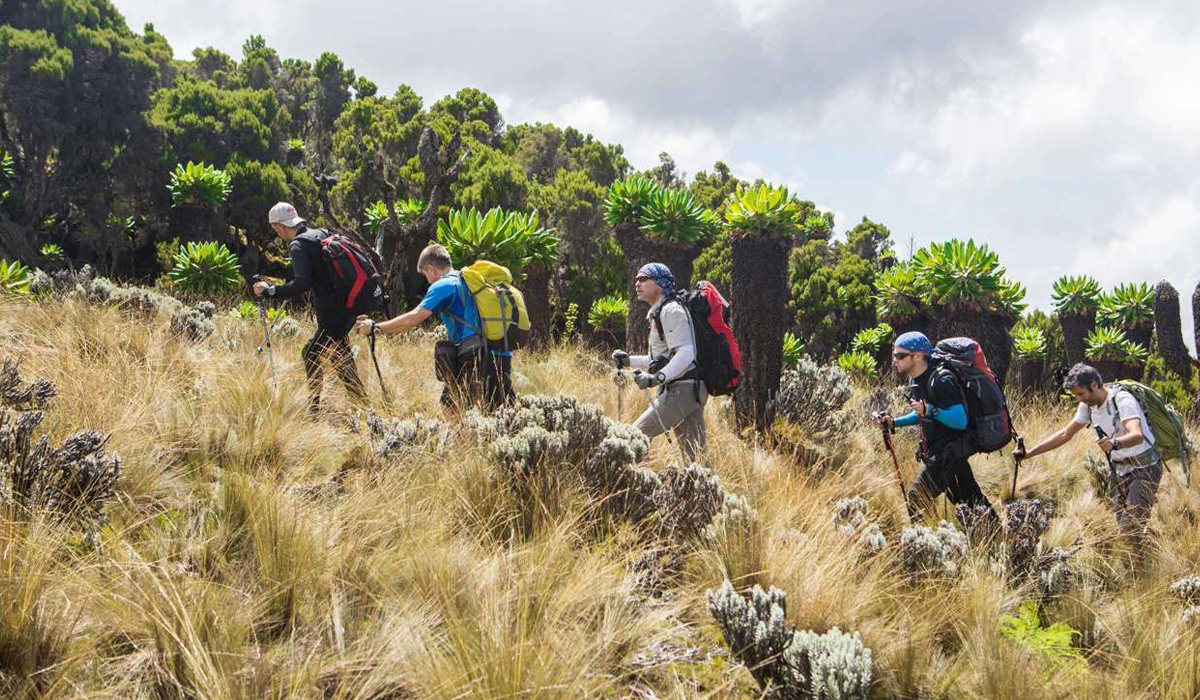
The dry season is typically the Best Time to Climb Kilimanjaro if you’re considering the western trails, such as the Machame and Lemosho routes.
These routes can become challenging during the rainy season due to the significant rainfall they receive, which can impact the camping experience.
Conversely, the Marangu and Rongai routes are excellent choices for those contemplating Climbing Kilimanjaro in December or during other wet months.
Marangu offers sleeping huts, eliminating the need for camping, while the Rongai route, on the mountain’s northern side, generally has less rainfall than the western paths.
Regardless of the time of year, if you’re set on ascending this iconic peak, you must equip yourself with gear suitable for various temperatures.
If a tailored adventure is what you’re after, our Mount Kilimanjaro Packages can help you craft the perfect itinerary for your climb.
A Note On Kilimanjaro Full Moon Climbs
Kilimanjaro Fullmoon Climb provides unparalleled stargazing, with the moon’s glow illuminating brilliant constellations. But remember, this prime time often attracts more climbers. So, consider this if crowds are a problematic factor for you.
A Bonus Insight – For a unique experience, consider ascending on New Year's Eve during Kilimanjaro's brief dry season, often highlighted as the Best Time to Climb Kilimanjaro.
Choose Your Climbing Experience, And Kilimanjaro's Best Time Will Choose You.
Want to know how you can settle on the Best Time to Climb Kilimanjaro? Everyone does, but they miss out on first deciding what experience they would like to have.
Hence figure out if you would prefer an exclusive climbing expedition, a full moon climb under the twinkling skyline, or a climb in the best weather conditions, and you’ll conquer Kilimanjaro in its prime time.
the most awaRded adVentuRe
tour operator in kilimanjaro
We are proud of our 100+ reviews on Tripadvisor, the largest tour review website.
Kilimanjaro Preparation





Best Time To Climb Kilimanjaro Faq's
What is the Best Time to Climb Kilimanjaro?
What is the temperature like on Kilimanjaro?
Can the weather change quickly on Kilimanjaro, and how does it affect climbing conditions?
Can I climb Kilimanjaro during the rainy season?
Is it more crowded to climb Kilimanjaro during the peak season?
Are there any safety concerns when climbing Kilimanjaro during the rainy season?
SEE WHO TRUSTED US!
Pizza Hut Breaks World Record with Trusted Delivery Partner, Tanzania Tribe Safari, (aka) summit trails.







